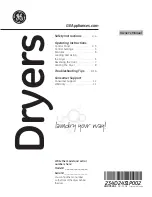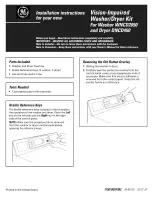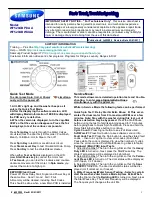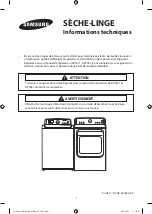
~
Ensure that no appreciable residues
of solvents or acids, and especially of
hydrochloric acid or chloride solutions,
are introduced into the wash cabinet
along with the wash load. This also
applies for corrosive ferrous material.
Solvents combined with contaminants
(especially from hazard class A1)
should be present in trace amounts
only.
~
To avoid corrosive damage, make
sure the stainless steel housing (if
present on your model) does not come
into contact with solutions/steam
containing hydrochloric acid.
~
After work has been performed on
the supply plumbing, the supply line to
the commercial dishwasher must be
vented.
Failure to do so can result in damage to
the water-intake components.
~
NEVER hose down the commercial
dishwasher or the immediate vicinity,
for instance with a water hose or
pressure washer.
~
Do not stand or sit on the open door,
as this could damage the commercial
dishwasher or cause it to tip over.
~
Be aware of the potential for injury
when utensils with sharp, pointed ends
are placed upright, and position them
so they cannot cause injury.
~
When operating the commercial
dishwasher in the upper temperature
range, proceed with caution. Be aware
of the danger of scalding or burning
when opening the door. Allow baskets
and inserts to cool off. Empty any hot
water remaining in hollow items into the
wash cabinet.
~
When opening the door during or
after the end of the program, take care
not to touch the heating elements or
heated surfaces on the floor of the
wash cabinet. They remain hot for quite
a few minutes after the program has
ended and can cause burns.
~
Empty all hollow items before
loading them.
Safety instructions and warnings
7
Summary of Contents for G 8050
Page 73: ...73 ...
Page 74: ...74 ...
Page 75: ...75 ...
Page 76: ...Alteration rights reserved Publication date 02 08 2011 M Nr 07 950 142 00 ...








































